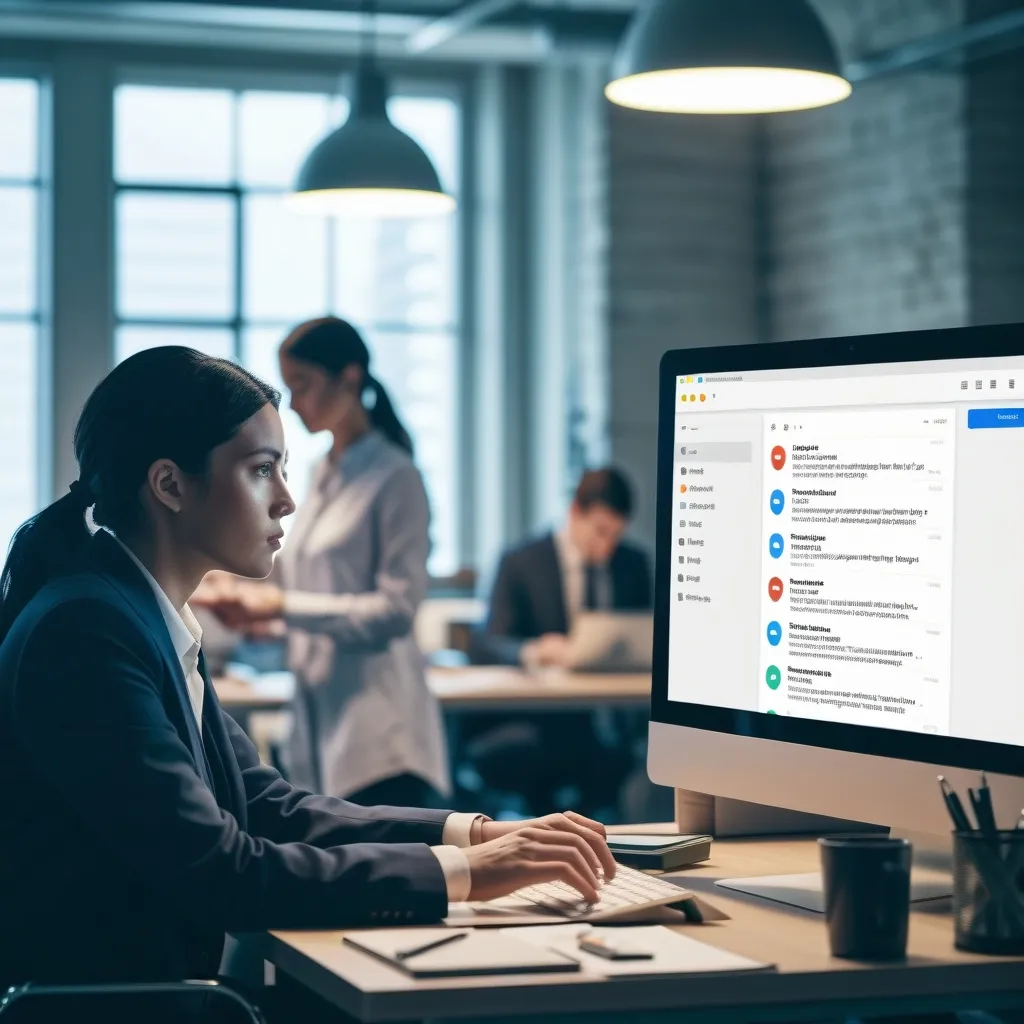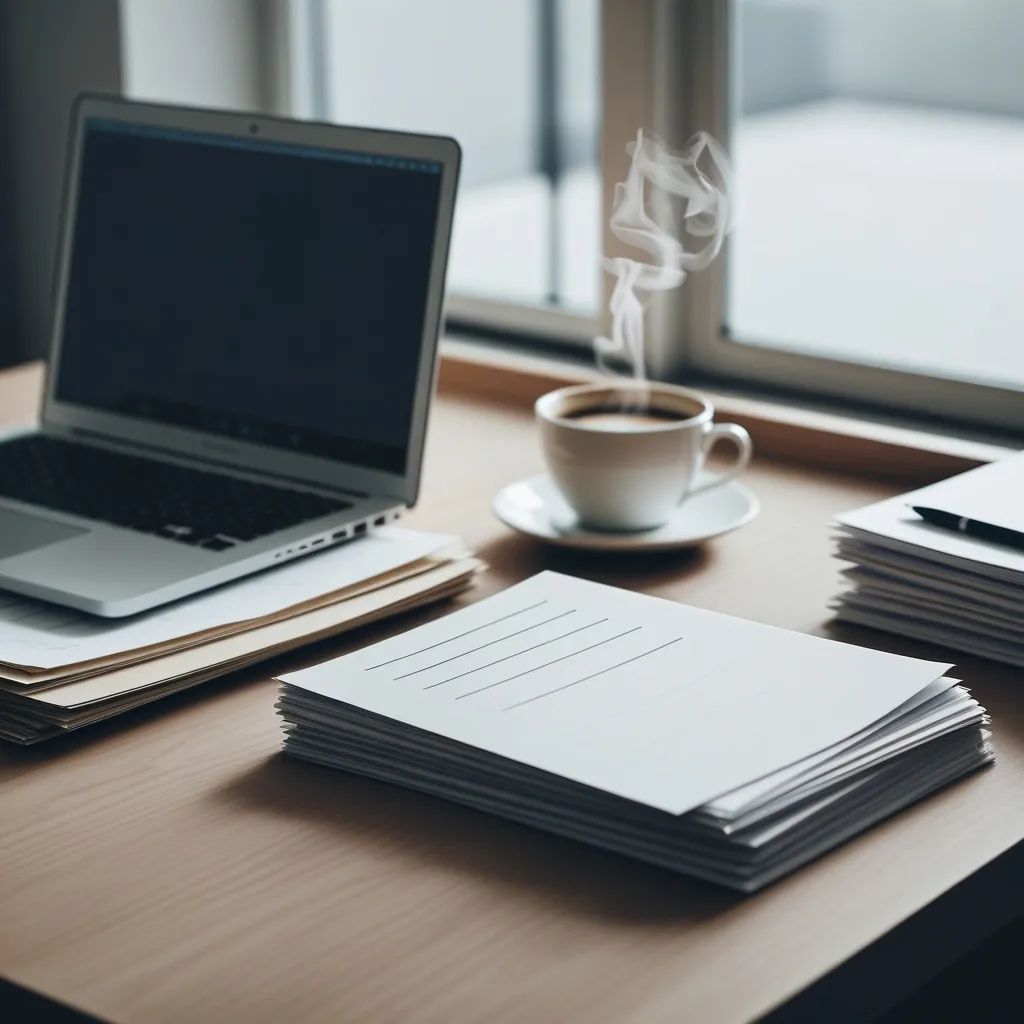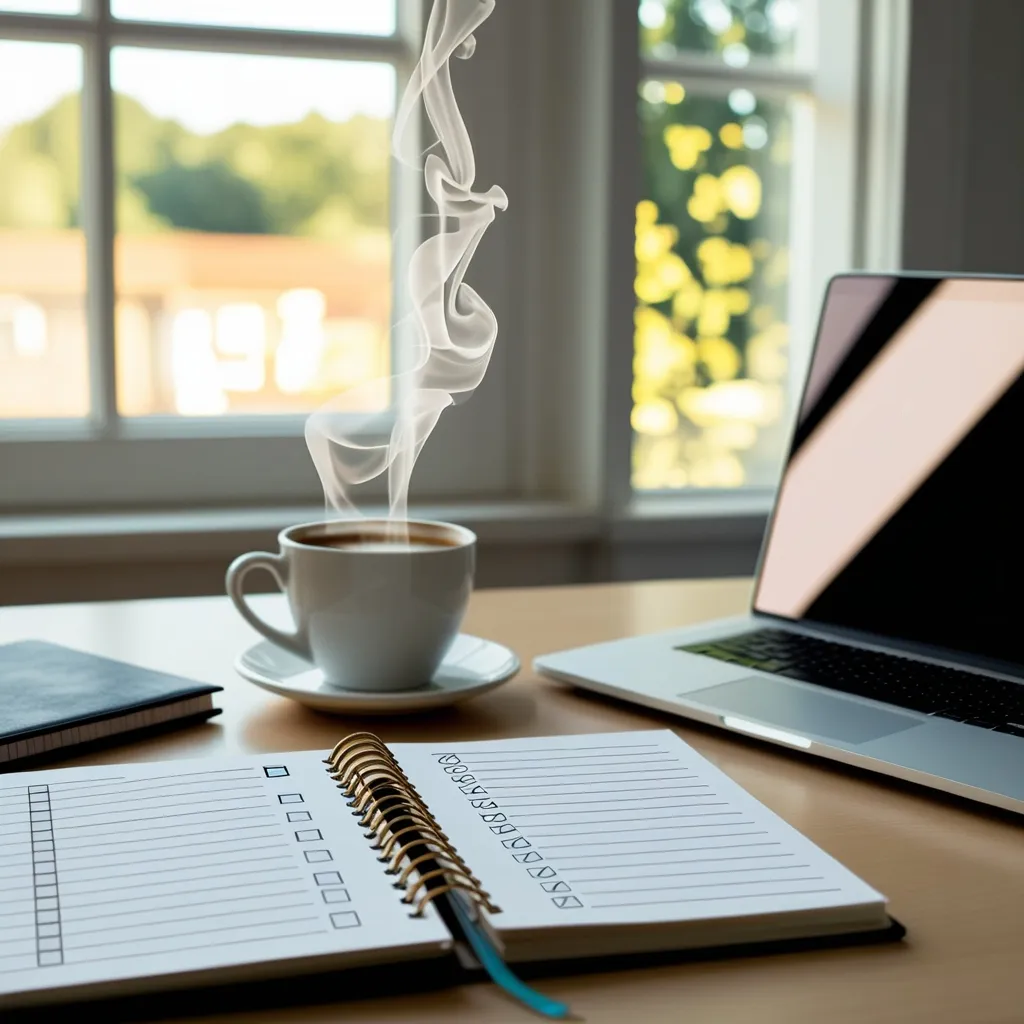In today’s fast-paced work environment, managing email effectively is crucial to staying focused and productive. One of the biggest hurdles professionals face is the relentless interruption caused by emails. It feels like an endless loop, right? To actually get things done, you need a rock-solid strategy. So let’s chat about how you can minimize these interruptions and up your productivity game.
The Constant Distraction
You know how you casually glance at your inbox every few minutes? Yeah, it’s costing you big-time in productivity. The moment you check your email, you break your focus, and it takes a while to get back into the zone. Imagine this scenario repeating multiple times a day—it’s a recipe for disaster.
Setting Times for Email Checks
To dodge this bullet, the trick is to carve out specific times in your day for email check-ins. Say you pick morning, midday, and late afternoon. Voilà! You now have chunks of uninterrupted time to dive deep into your tasks, without the nuisance of constant email pings.
Understand the Benefits
By adopting a scheduled approach, you’ll find it easier to prioritize your emails. Urgent ones? No problem, you can spot them straight away during your designated check. Plus, you’ll avoid the stress of perpetually chasing a never-ending inbox. Limiting email checks helps you manage your time more efficiently and ensures emails don’t dominate your work life.
Bye-bye Notifications
Notifications are the ultimate nemesis of focus. A simple fix? Turn them off. When you’re not bombarded with notifications, you won’t be tempted to peek into your inbox outside of your scheduled times. It’s like a breath of fresh air, seriously. You’ll immediately notice a dip in stress levels.
Organize That Inbox
A cluttered inbox is like a cluttered mind. Clearing out the irrelevant and unwanted emails is step one to manage your emails better. If some emails haven’t been useful in months, hit unsubscribe. This will declutter your inbox, making it easier to identify what truly needs your attention.
Get the Right Tools
Having the right email management tools can make a huge difference. Use software that offers advanced filtering, automated sorting, and archiving features. These tools can categorize emails, assign tasks, and even automate responses to repetitive emails. This way, you save valuable time and effort in managing your inbox.
Clear Communication is Key
Another trick up your sleeve is communicating your email habits to colleagues and clients. Let them know you check emails at specific times. This will manage their expectations and reduce the likelihood of them expecting an instant reply. Setting up communication protocols, like using chat tools for internal stuff, can also lighten the load on your inbox.
Long-Term Habits
For lasting change, adopt habits that keep your inbox in check. Regularly organize and declutter. Filters, folders, and labels are your best friends here. By categorizing your emails, you can quickly locate important messages and reduce the time spent sorting through your inbox. Another handy rule? The “one-touch rule,” where you deal with each email immediately by responding, filing, or deleting it. This helps prevent email pile-ups.
Keep Work and Personal Separate
Mixing work and personal emails can blur the lines between your professional and personal life. Keep them distinct. This helps maintain focus when addressing work-related tasks and keeps personal stuff from seeping into work hours.
No Emails After Hours
Checking emails before and after work hours? Big no-no. Setting boundaries here helps you recharge and avoid burnout. When you draw a line between work and personal time, you come back to work refreshed and ready to tackle the day.
Wrap Up
Effectively managing email isn’t just about reducing email volume. It’s about developing a system to efficiently handle emails without sacrificing productivity. By setting dedicated times for email checks, silencing notifications, organizing your inbox, and leveraging the right tools, you can take back control of your emails. It’s all about working smarter, not harder. And with these strategies, you can definitely strike a better balance between work and personal life.
So, here’s to a more productive and less chaotic workday!






